TIL: That Horseshoe Crabs Are Considered Living Fossils
... and their baby-blue colored blood is prized by the biomedical community and is valued at about $15,000 USD per quart!!!
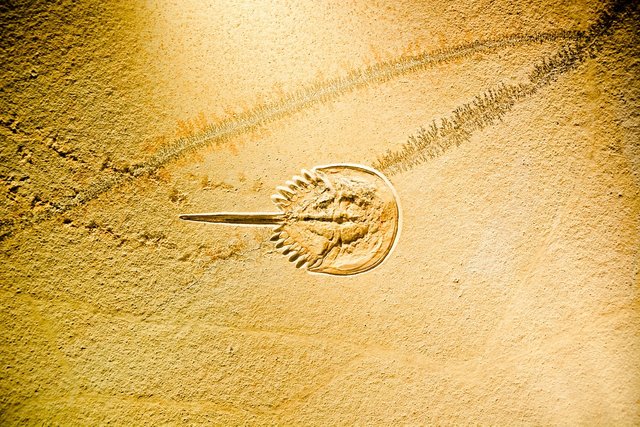
On our trip to Sebastian, Florida this past weekend, I took quite a few photos on Saturday morning between the hours of 6:30 - 7:30AM.
The images featured in this post show some of the molted horseshoe crab shells that had washed up on the shore of the Indian River.
"As a Horseshoe Crab matures and increases in size, it will shed its old exoskeleton (outer shell or skeleton) and form a new, bigger one, leaving its old shell behind on the bottom of the bay. The animals increase in size by 25-30% with each molt." Source
What I didn't know, until working on this Steemit post, is that horseshoe crabs are considered to be living fossils. This means that they have undergone very low rates of molecular evolution over the course of their roughly 450 million year existence.
"Horseshoe crabs survived several mass extinctions including the K-T event that killed off the dinosaurs 65 million years ago and the most recent ice age! Amazingly, they have kept the same body plan for millions of years." Source

As a kid, growing up in the Northeast US, not far from the Atlantic Ocean, I can remember being warned about stepping on the horseshoe crab's hard-spiked tail. This tail helps the horseshoe crab to navigate through the water (much like the rudder on a ship) and also allows it to flip itself over when stuck upside down. Its soft underside is easy prey for shore birds.
Here are some of the other things I've learned:
- "Each year, half a million horseshoe crabs are captured and bled alive to create an unparalleled biomedical technology. The thing about the blood that everyone notices first: It's blue, baby blue. The marvelous thing about horseshoe crab blood, though, isn't the color. It's a chemical found only in the amoebocytes of its blood cells that can detect mere traces of bacterial presence and trap them in inescapable clots." Source
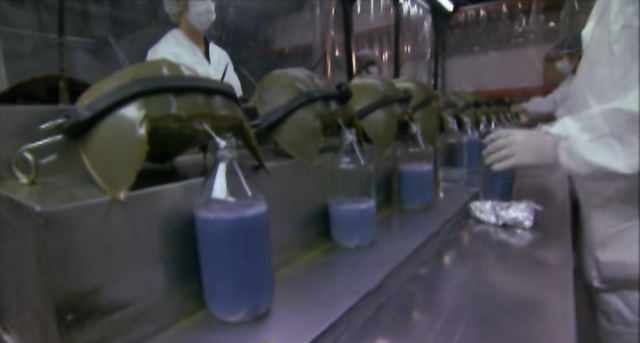
"The beautiful blue color is a result of its blood containing copper as an oxygen carrying pigment instead of hemoglobin which contains iron. One quart of horseshoe crab blood is worth about $15,000 USD." Source
The horseshoe crab population on the East Coast of the US has declined in recent years due to over-harvesting. They are used as bait by fisherman in whelk (aka conch) traps and ell pots. "Virginia fishermen alone used 1.4-1.5 million crabs in 2000 for bait in the whelk fishery. Leading producing states of horseshoe crabs for bait established harvesting quotas for crabs due to concerns of a declining population, which limited the number of crabs available for the whelk fishery." Source
Horseshoe crabs are invertebrates meaning that they don't have a backbone or a spine but, instead, have a hard shell to protect them.
Horseshoe crabs are more closely related to spiders, ticks, and scorpions, than they are to crabs. Source
Horseshoe crabs typically swim upside-down and at about a 30-degree angle to the horizon. They swim at a speed of 10-15 cm/second, which translates to a top speed of about 3 miles per hour. Source
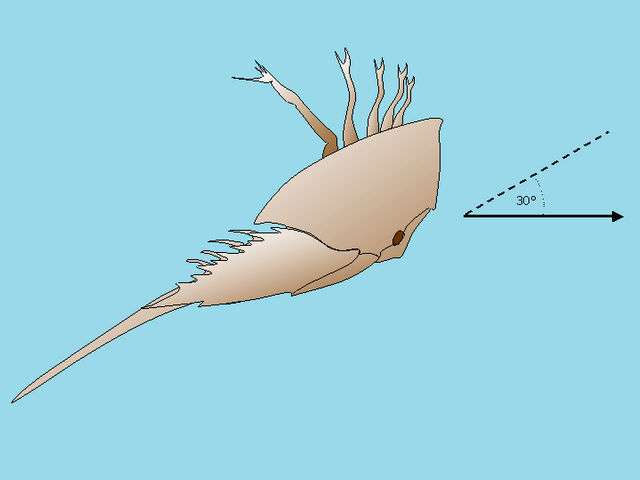

You can read more about our recent trip to Sebastian, Florida in my previous Steemit posts:
- 🐟 FISHING AT SEBASTIAN INLET STATE PARK🐟
- Daybreak at Squid Lips
- 🚨 Red Light District in an Otherwise Quiet Neighborhood🚨

YouTube: NATURE | Crash: A Tale of Two Species | Blue Blood | PBS
YouTube: Horseshoe Crabs Saved My Life
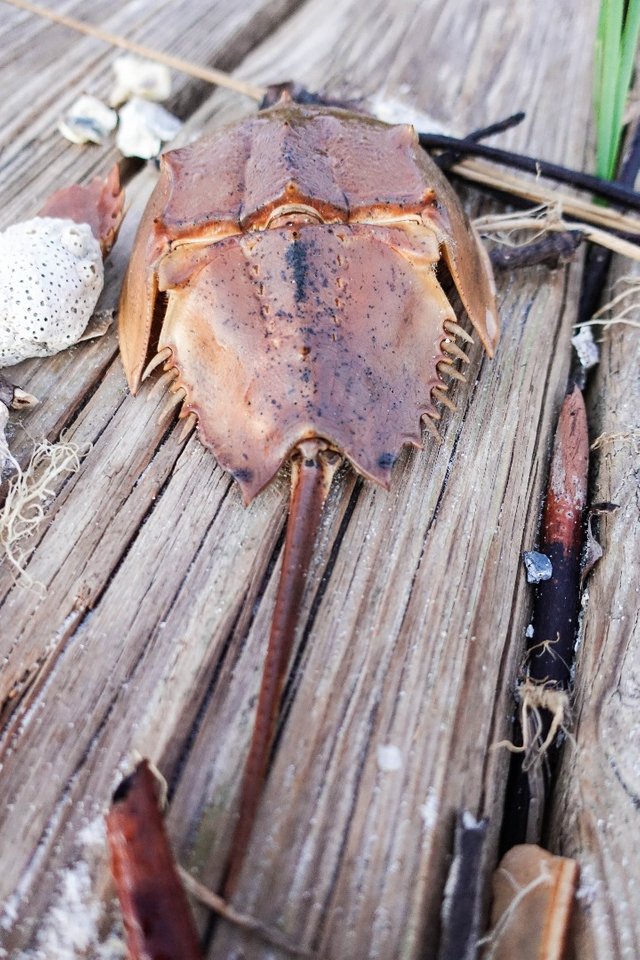
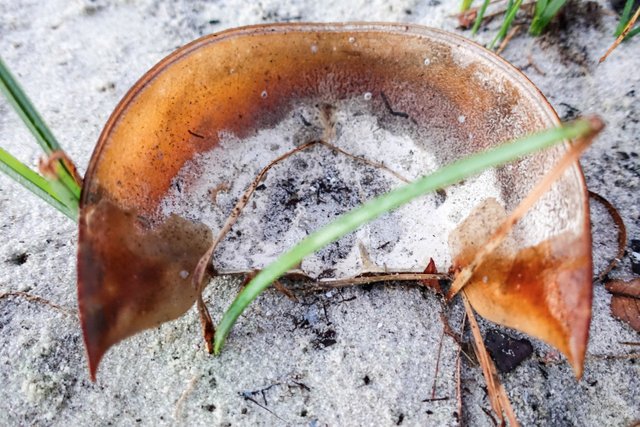
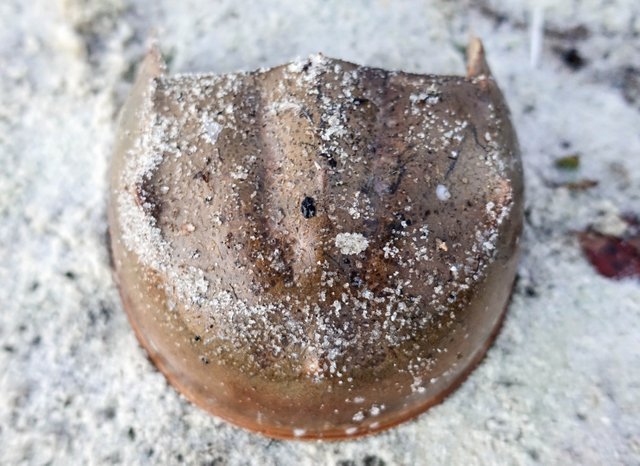
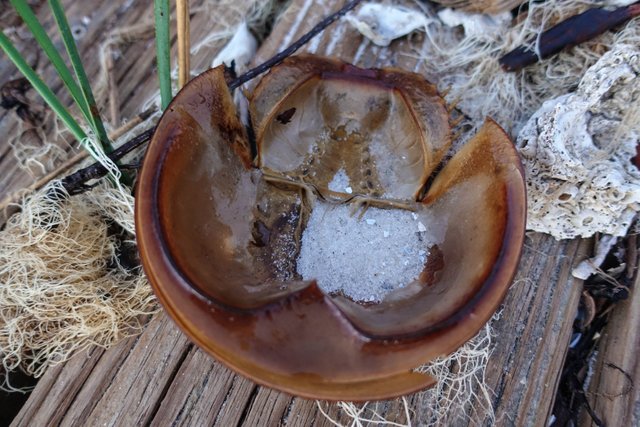
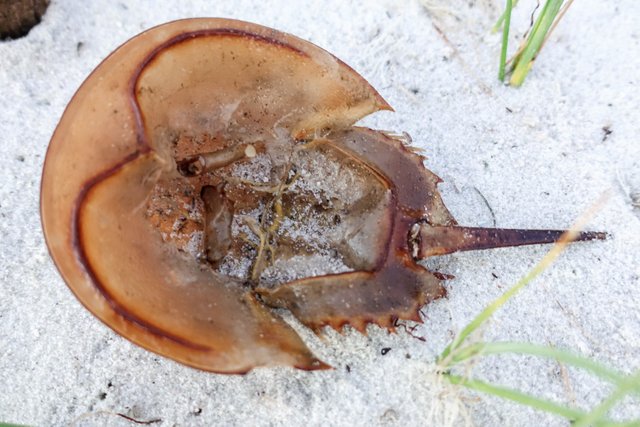
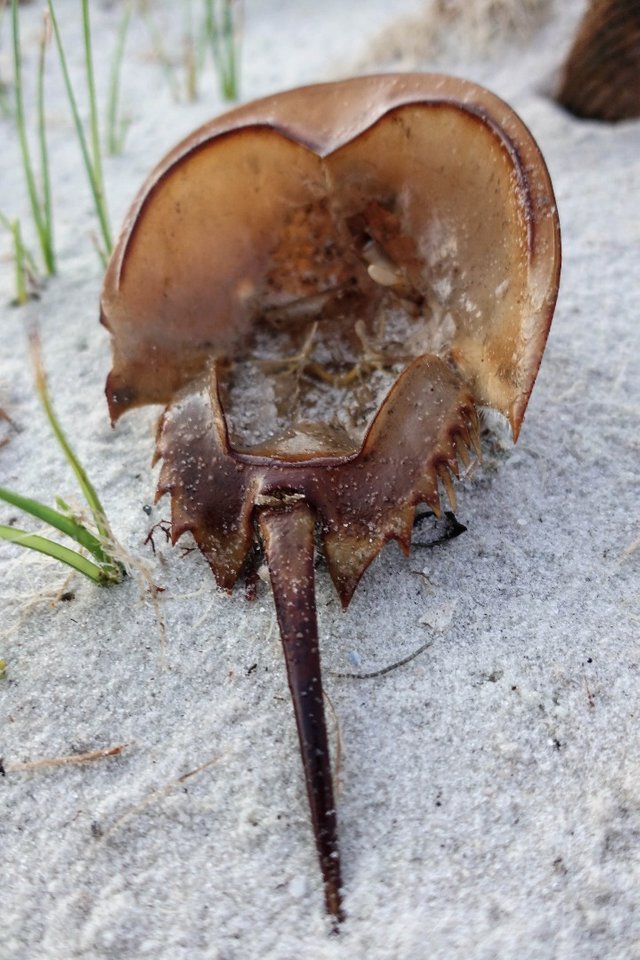
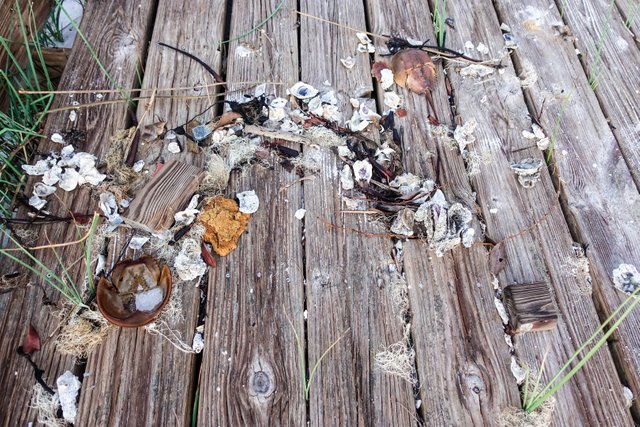
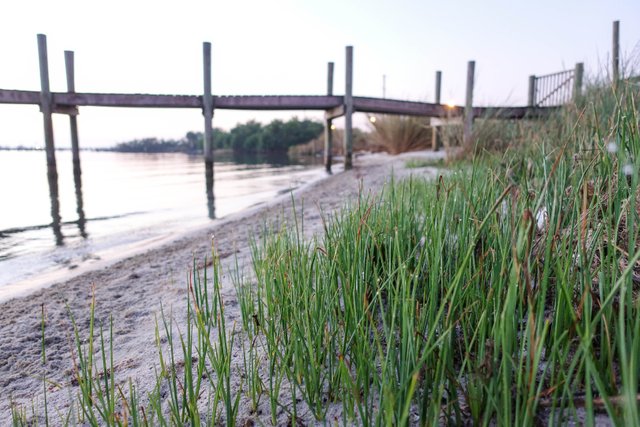

All images (except as noted) @cognoscere and taken on the morning of Saturday January 21, 2017 on the Indian River at/near the Sebastian Squid Lips Overwater Grill (Sony RX100 V)
Let's hope we don't render them extinct after their 450 million years of surviving just about anything.
"But some people have noticed problems. In the regions where horseshoe crabs are harvested in large numbers for biomedical purposes—like Pleasant Bay, Massachusetts—fewer and fewer females are showing up to spawn. Perhaps the bleeding was, to use a technical term, messing them up, even if it wasn't killing them." Source
Humanity strikes again.
They are amazing creatures! I was camping on Hog Key in the Everglades one spring and a whole group orgy of spawning horseshoe crabs came up on the shoreline. It was amazing to be right in the middle of all that! It was like being in an ancient time.
I grew up seeing them alot in New York. And my fear was being in the bay or the ocean, knowing they are down there, and stepping on that spiked tail. Probably a mostly irrational fear, but I thought about it nonetheless ;-)
That's neat that you saw a lot of them, as a kid. I don't know how common it might be to step on their tail. I don't think they are aggressive. I can see how a kid might be scared about it, though!
This is such a cool article. I hope that humanity doesn't screw it up.
Agree @breezin, I had no idea about any of this until I started looking into it. They're pretty amazing creatures!